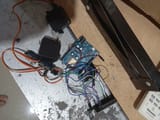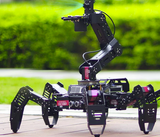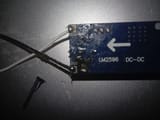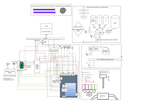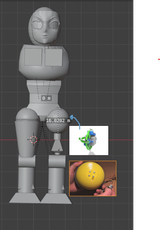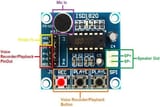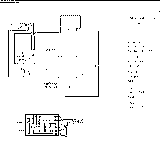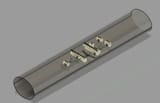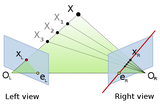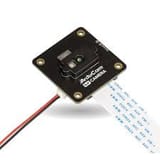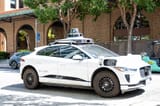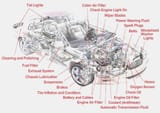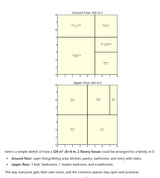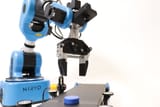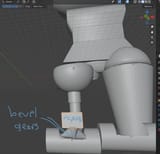>>2943192
Let's try a different approach. Instead of talking about degrees of freedom or gyroscopes, let's use a simple comparison he can relate to.
---
### **Building a Car vs. Teaching a Toddler to Walk**
Imagine you want to build something that moves.
* **Building a basic car is like putting a toy car on a flat table.** You just need to push it, or give it an engine, and it will roll forward. The wheels are always on the ground, so it doesn't have to worry about falling over. It's stable.
* **Making a robot walk is like trying to teach a baby to walk for the very first time.**
* The baby has to figure out how to **balance** on two feet. A single stumble, and they fall down.
* They have to figure out how to lift one leg, move it forward, and land it perfectly, all while the other leg is supporting their entire weight.
* Their brain is constantly making tiny, split-second adjustments to keep them from tipping over.
This is exactly what a walking robot has to do. It can't just roll on wheels. It has to constantly balance, shift its weight, and make thousands of calculations every second just to take a single step without falling down.
---
### **Why the Car Diagram is Misleading**
Your friend's diagram of a car is like showing a picture of a human body and saying, "See how complex it is? It has a brain, lungs, a heart, a nervous system... That's why it's harder to make a baby walk than it is to just put a toy car on a table."
That's not a fair comparison. The advanced car with all its parts (air conditioning, GPS, stereo) is built for comfort and safety. Those parts aren't needed to make the car move. A car can still move with just an engine, a transmission, and wheels.
A walking robot, however, **needs** its "brain" (computer), its "nerves" (sensors), and its "muscles" (servos) just to take one single step without falling over. There's no simpler version of a walking robot that just "moves." Its core function is inherently complex.



